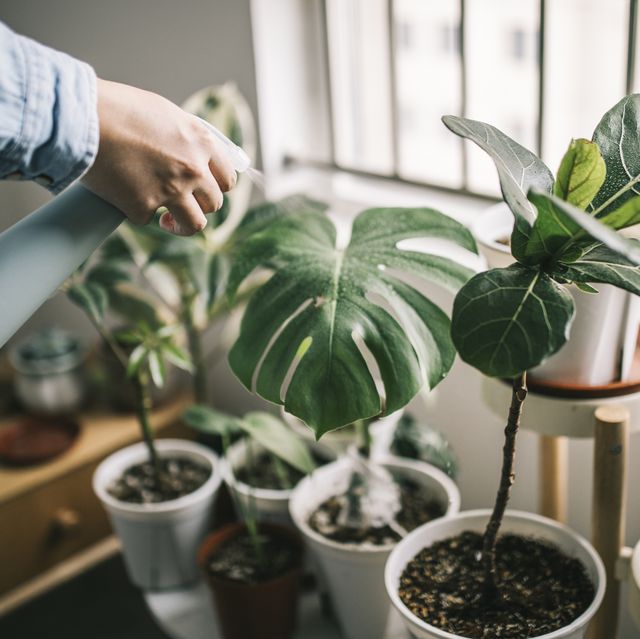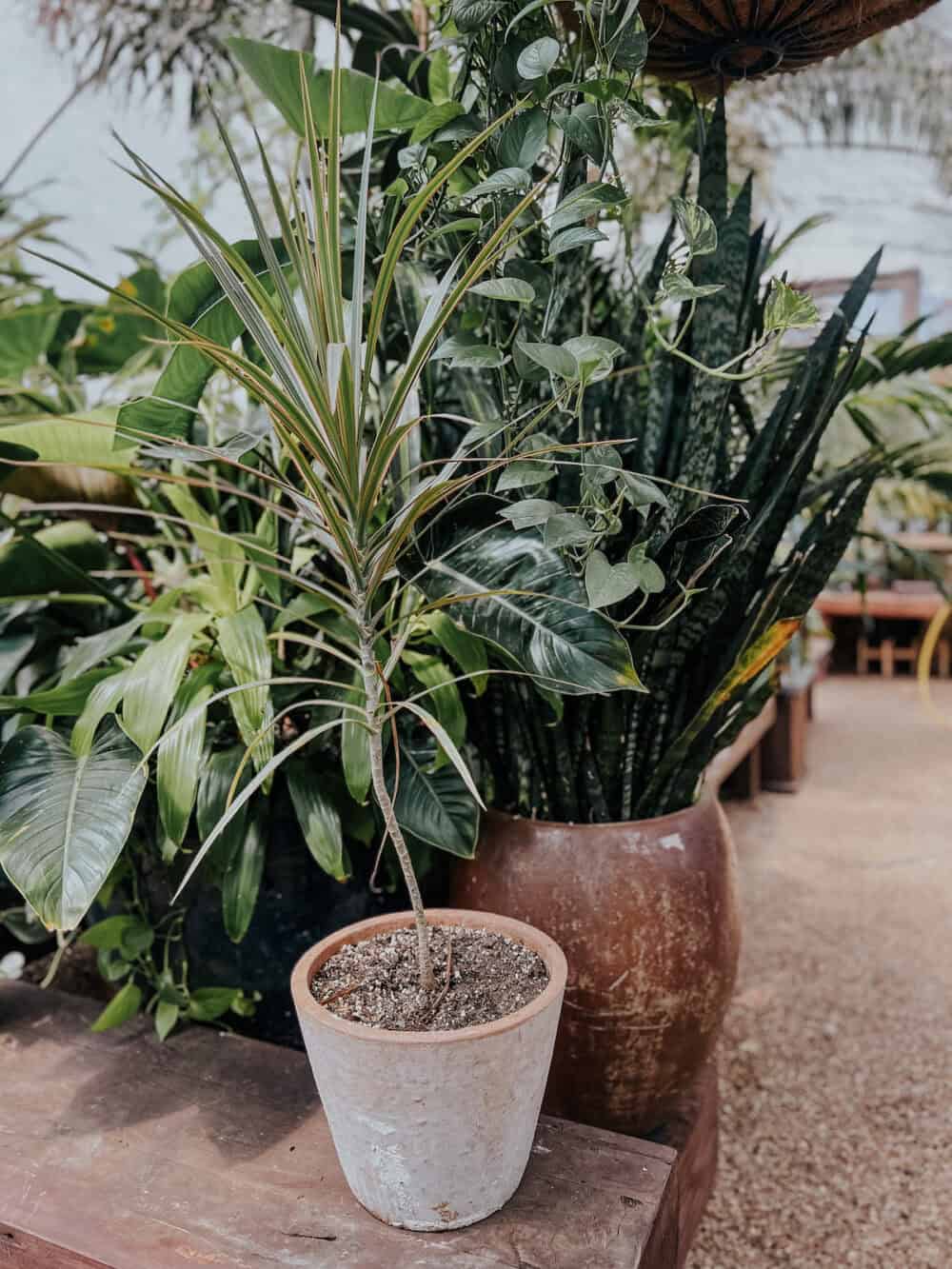Best Low-Light Indoor Plants for Those with Limited Natural Light in Their Homes
Transform Your Home With Beautiful Low-Light Indoor Plants and Their Advantages
Integrating low-light interior plants right into your home can dramatically enhance both the ecological and aesthetic top quality of your living rooms. These plants, which grow in dim problems, offer not just as decorative elements however also as all-natural air purifiers, making them excellent for urban residents or those with limited sunshine exposure. As we explore the numerous kinds of low-light plants and their advantages, you might discover unusual methods to integrate them right into your home that can transform your surroundings in methods you may not have prepared for.
Advantages of Low-Light Plants
Low-light plants provide many benefits for indoor environments, making them an outstanding choice for both novice and experienced gardeners. One of the main benefits is their versatility to low-light conditions, enabling individuals to boost their home without the demand for extensive sunlight exposure. This particular makes them suitable for apartments, workplaces, and various other locations with limited all-natural light.

Additionally, incorporating low-light plants right into home design can boost the aesthetic charm of an area. Their lush foliage and differed textures produce a calming ambience, adding to overall well-being. The presence of plant has been linked to decreased anxiety degrees and boosted efficiency, making low-light plants a sensible choice for boosting both psychological and physical health in interior settings.
Top Low-Light Indoor Plants
While numerous interior plants prosper in brilliant light, a number of varieties are specifically appropriate for low-light conditions, making them ideal for numerous indoor spaces. One popular selection is the Serpent Plant (Sansevieria), known for its striking upright fallen leaves and resilience, needing minimal care. Another exceptional option is the Pothos (Epipremnum aureum), which includes heart-shaped leaves and can trail magnificently from wall mounts or shelves, growing in low light and adding a lush touch.
The ZZ Plant (Zamioculcas zamiifolia) is celebrated for its shiny leaves and capacity to endure overlook, making it perfect for busy way of livings. The Peace Lily (Spathiphyllum) not just endures reduced light yet additionally generates sensational white blooms, boosting any kind of space's aesthetic.
For a distinct touch, consider the Cast Iron Plant (Aspidistra elatior), which undoubtedly meets its name, prospering in the darkest corners of your home. Last but not least, the Chinese Evergreen (Aglaonema) provides a selection of fallen leave patterns and colors while being exceptionally forgiving in low-light problems. These plants not only beautify interior atmospheres however additionally add to air filtration, boosting your space.
Treatment Tips for Low-Light Plants

Sprinkling methods are vital; these plants usually prefer somewhat dry problems. Overwatering can result in root rot, so guarantee that the leading inch of soil is completely dry before watering again. Usage pots with drainage holes to allow excess dampness to get away.
Humidity is an additional essential element. Several low-light plants, such as ferns and tranquility lilies, gain from greater humidity levels. To increase humidity, consider misting the fallen leaves or putting a tray of water near the plants.
Fertilizing should be approached with caution. Throughout the expanding period, use a thinned down, well balanced liquid plant food monthly to support development, however prevent feeding throughout the inactive winter season months.

Creative Ways to Display Plants
Indoor plants can act as fascinating centerpieces in any type of area, enhancing both aesthetic appeal and ambiance. Creative displays can boost the aesthetic influence of low-light plants, making them an essential part of your home decor. One efficient method is to utilize tiered plant stands, which allow you to display several plants at differing elevations while optimizing flooring room.
Hanging planters are another cutting-edge option, creating a feeling of deepness and attracting the eye up. Consider macramé hangers or wall-mounted racks to introduce an unique structure and design.
For a more organized technique, use geometric terrariums or glass containers to house your plants, including a contemporary touch to your indoor yard. You can also repurpose classic products, such as teacups or wood pet crates, for an eclectic screen that shows your character.
Enhancing Home Setting With Plants
Integrating low-light plants into your home not just enhances aesthetic allure yet also adds this link substantially to the total setting. These plants act as all-natural style elements, introducing a sense of peace that can transform any kind of area. The visibility of greenery fosters a calming environment, which is particularly valuable in high-stress environments such as office or living rooms.
Low-light plants, such as snake plants, pothos, and ZZ plants, are not only cosmetically pleasing however likewise enhance interior air top quality by filtering system toxins. This double feature improves the setting additionally, producing a much healthier space (Best low-light indoor plants). The tactical placement of these plants can also affect the understanding of area; for instance, high plants can draw the eye click for more up, making ceilings appear higher and spaces extra roomy
Additionally, varying structures and colors of foliage include depth to interior decoration, enabling imaginative expression in home styling. Whether positioned on shelves, in edges, or as centerpieces, low-light plants can elevate the mood of any kind of area. In recap, incorporating these plants into your home is an efficient method to cultivate a cozy, welcoming ambience while gaining the advantages of improved air top quality and visual convenience.
Conclusion
Incorporating low-light indoor plants into home environments provides many benefits, consisting of boosted aesthetic appeal and enhanced air high quality. These resistant plants, such as the Snake Plant and Tranquility Lily, require marginal light and upkeep, making them suitable for varied lifestyles.
While several indoor plants thrive in bright light, several varieties are particularly fit for low-light problems, making them ideal for various indoor spaces. One reliable technique is to use tiered plant stands, which permit you to display several plants at varying elevations while making the most of flooring room.
Low-light plants, such as snake plants, pothos, and ZZ plants, are not only visually pleasing yet likewise boost indoor air top quality by filtering system contaminants. Best low-light indoor plants. The critical placement of these plants can likewise influence the assumption of room; for circumstances, tall plants can draw the eye upward, making ceilings appear greater and rooms extra spacious
These durable plants, such as the Serpent Plant and Peace Lily, need marginal light and upkeep, making them ideal for diverse way of livings.